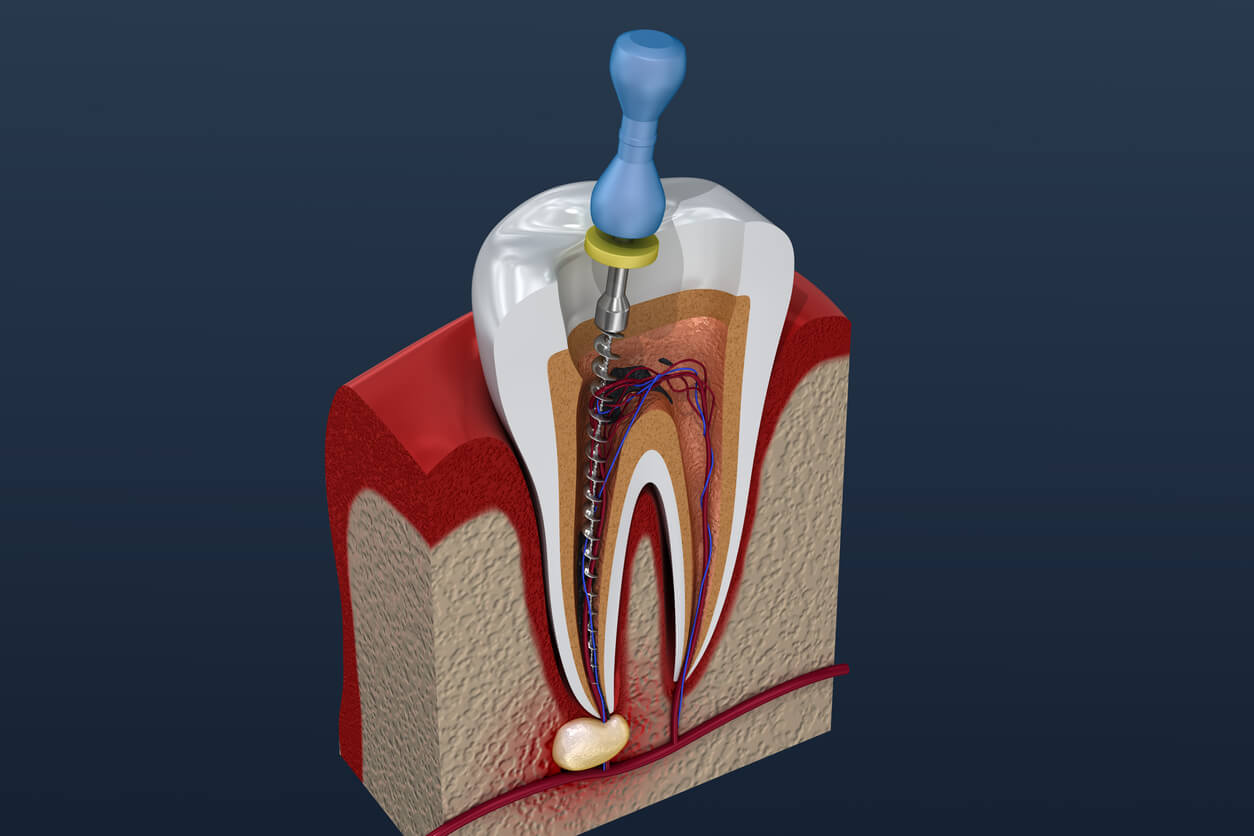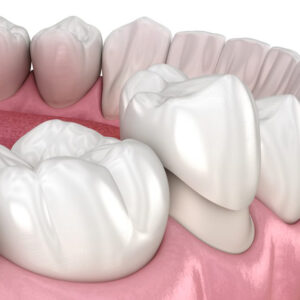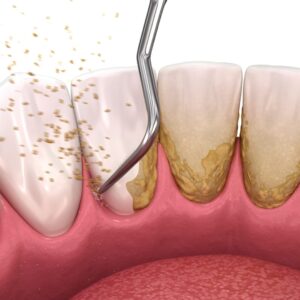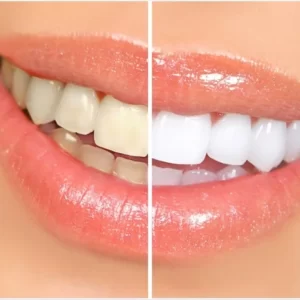Description
Familiarity with Treatment
Root canal retreatment is a dental procedure performed to address issues that arise after an initial root canal treatment. It involves the removal of the previous root canal filling, cleaning and disinfecting the root canal system, and then refilling and sealing the canals. This procedure aims to address persistent infection, reinfection, or other complications that may have occurred following the initial root canal treatment.
Who is it Suitable for?
Root canal retreatment is suitable for individuals who have previously undergone a root canal treatment but continue to experience symptoms such as pain, swelling, or infection in the treated tooth. It is typically recommended when the initial treatment has not successfully resolved the issue or when new problems have developed in the treated tooth.
Who is it Not Suitable for?
Root canal retreatment may not be suitable for individuals with certain systemic diseases, uncontrolled diabetes, chronic liver disease, chronic kidney disease, or certain blood disorders due to potential postoperative complications. Additionally, individuals with psychological illnesses or those who are pregnant may not be suitable candidates for this procedure.
Advantages
- Allows individuals to save their natural tooth from extraction, which may be more complicated and expensive to replace.
- Addresses persistent infection, reinfection, or other complications that may have occurred following the initial root canal treatment.
- Provides an opportunity to preserve the tooth and maintain its functionality.
Complications
- Postoperative pain, swelling, and discomfort may occur, especially if the tooth had significant infection or complications prior to the retreatment.
- There is a risk of damage to surrounding structures during the retreatment procedure, although this is rare and typically managed by experienced dental professionals.
Preoperative Care
Before undergoing a root canal retreatment, a comprehensive assessment of the affected tooth and surrounding structures is performed. This may involve a review of the patient’s medical history, evaluation of any existing dental conditions, and the use of imaging techniques (such as X-rays) to assess the root canal system. Preoperative care may also involve discussing the treatment plan, potential risks, and expected outcomes with the dental professional.
Postoperative Care
After a root canal retreatment, postoperative care may involve managing pain and discomfort, as well as following specific instructions provided by the dental professional. This may include taking prescribed medications, practicing good oral hygiene, and attending follow-up appointments to monitor the healing process.






Reviews
There are no reviews yet.